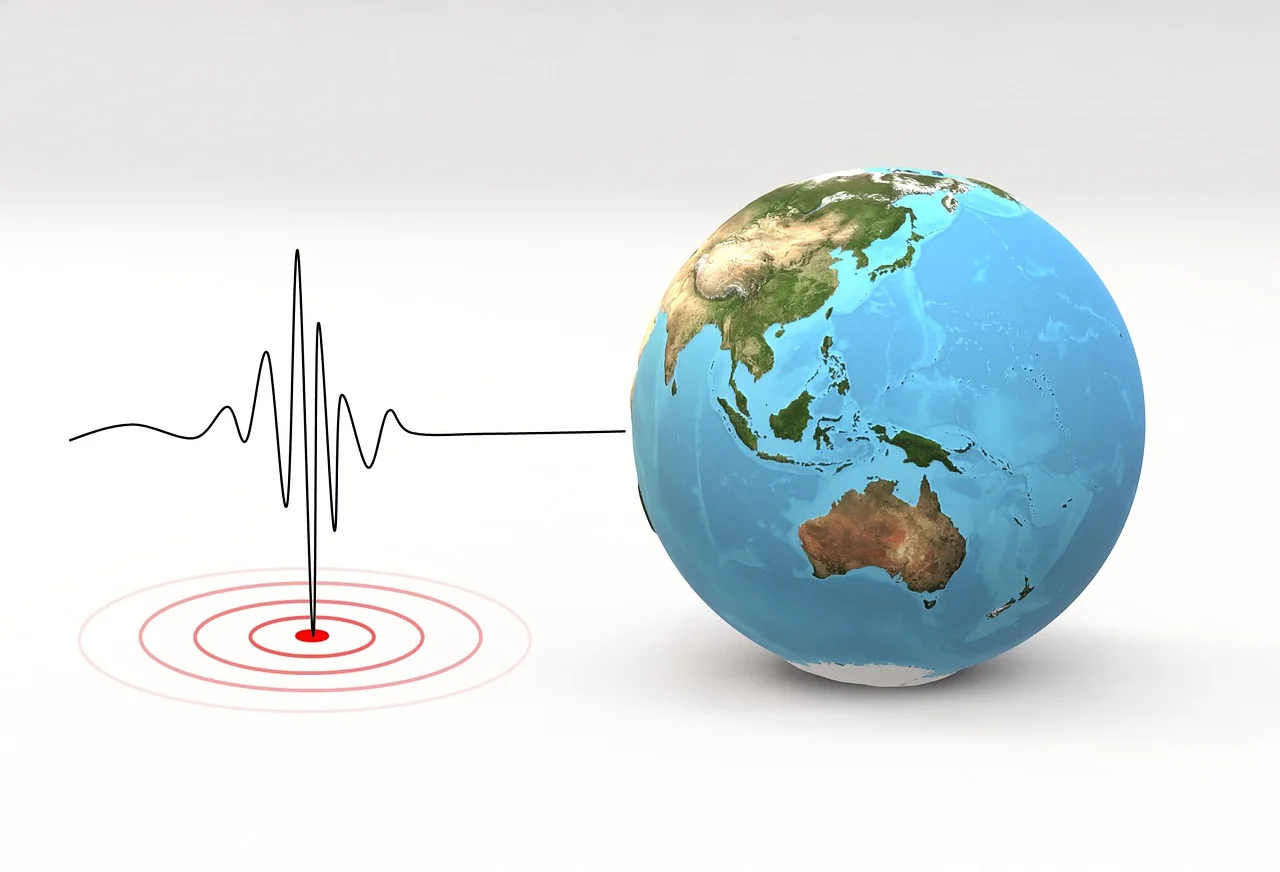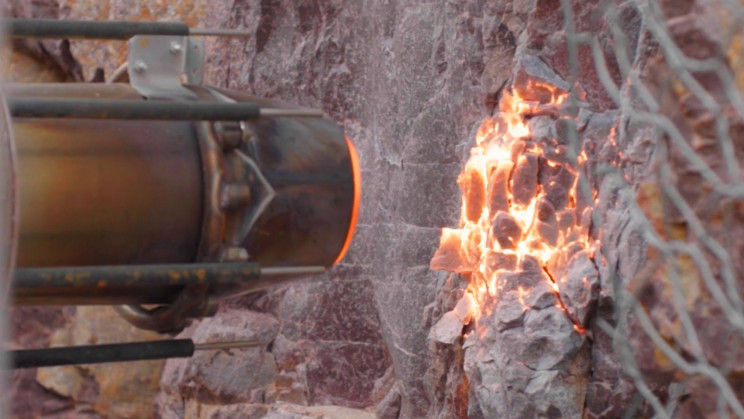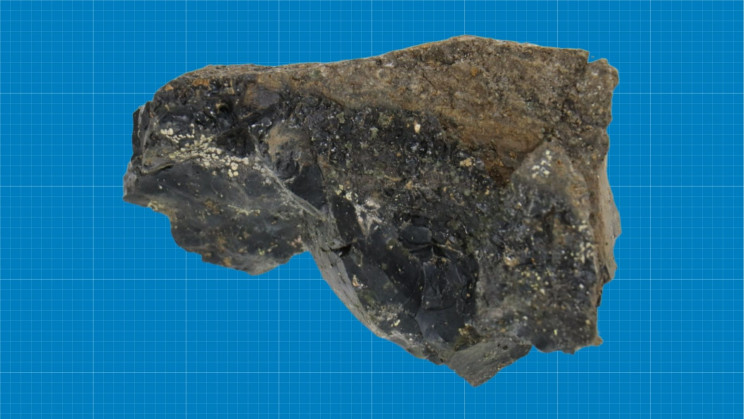Detecting earthquakes and accurately predicting their occurrence and intensity remain challenging due to the complex nature of earthquake processes. Earthquakes can strike at any time, day, or night, in any weather condition.
For over the last half-century, scientists and researchers worldwide have dedicated significant efforts to finding reliable methods to detect and monitor earthquakes.
In a significant advancement towards achieving this objective, researchers at the University of Côte d’Azur and the French National Institute for Sustainable Development (IRD) conducted a new study utilizing GPS satellites and thousands of geodesic stations to analyze around 90 earthquakes with a magnitude above 7.0.
An analysis of GPS data revealed that these earthquakes came with a warning signal.
Their study revealed a slow and otherwise undetectable slip of tectonic plates that begins two hours before an earthquake.
Previous retrospective studies on past earthquakes have indicated the presence of precursory phases before the mainshock. However, the correlation between these phases and actual earthquakes occurring is generally weak. These precursory phases occur frequently but do not always result in an earthquake.
Researchers collected data from 3,026 geodesic stations worldwide to study 90 earthquakes with a magnitude of 7.0. Analyzing the data, they discovered a period of exponential acceleration in fault slips around the earthquake’s center, occurring roughly two hours before the main event triggered by “earthquake nucleation.”
This finding indicates that many significant earthquakes do exhibit a precursory phase, and the observed “exponential acceleration” could potentially offer advance warning to earthquake-prone communities before a major earthquake strikes.







